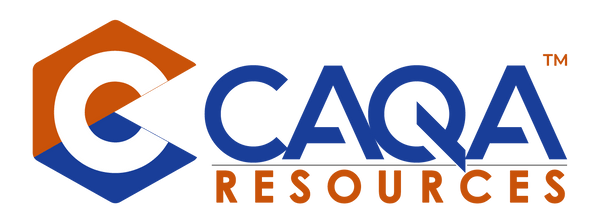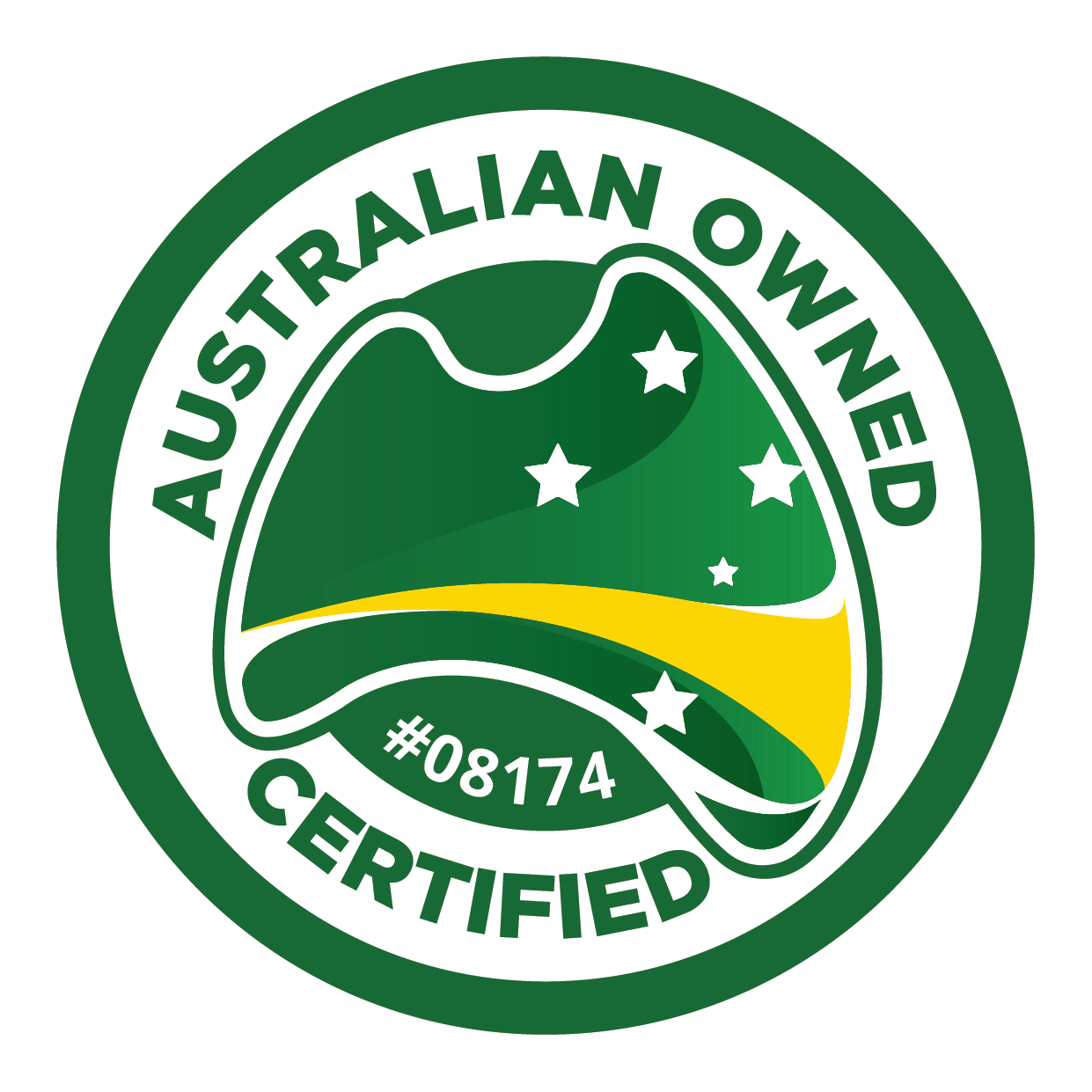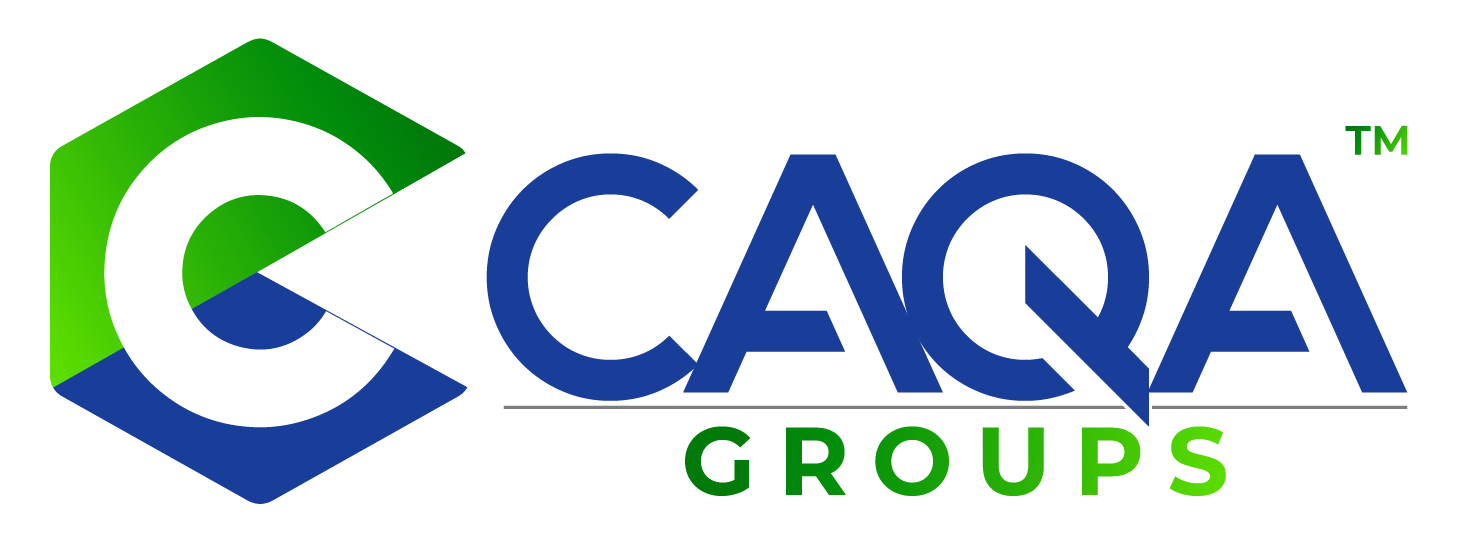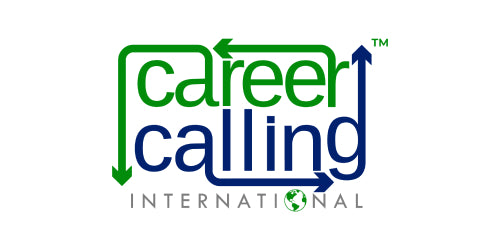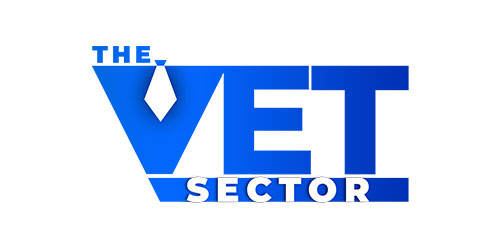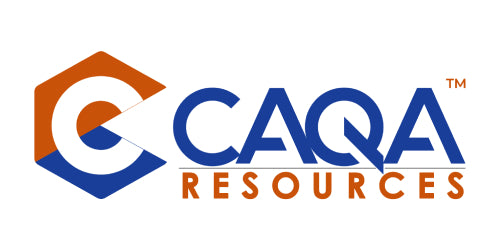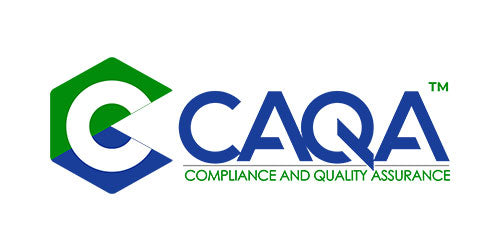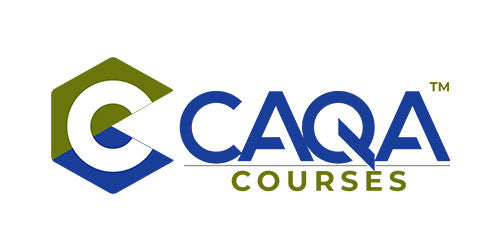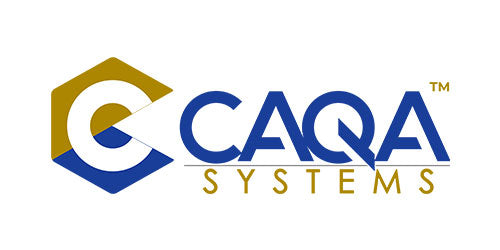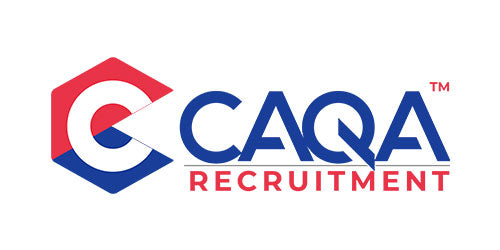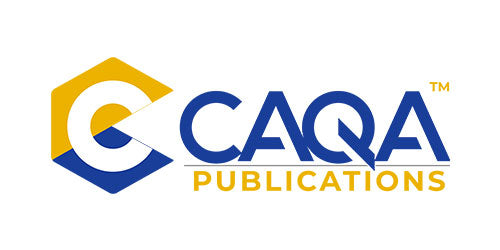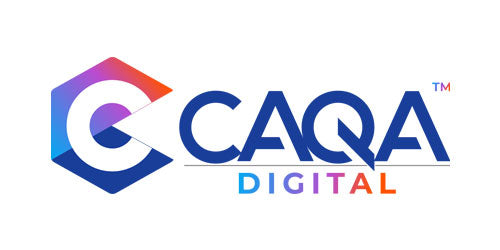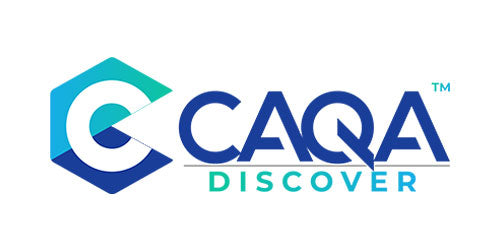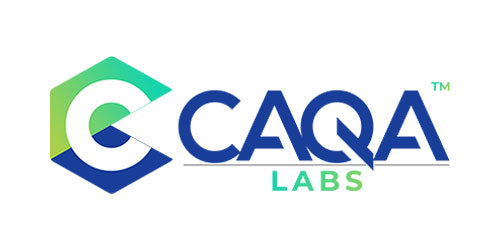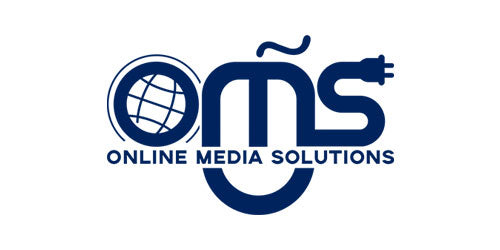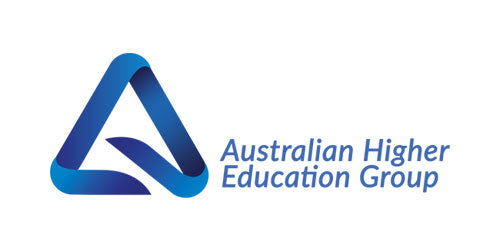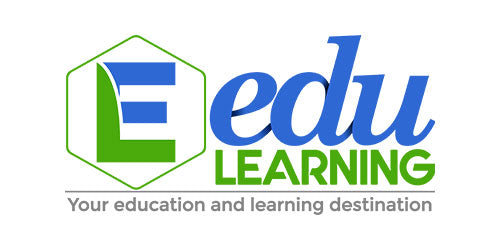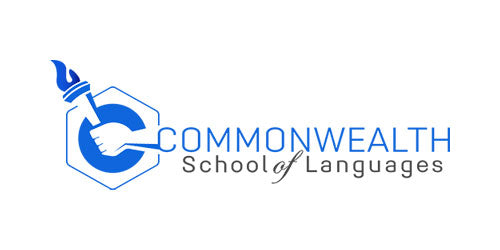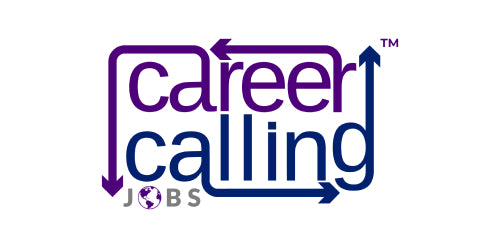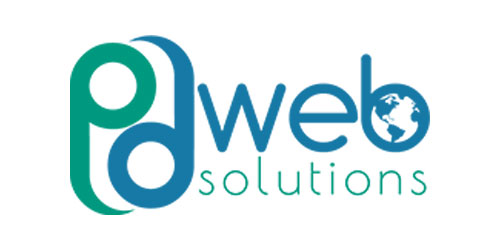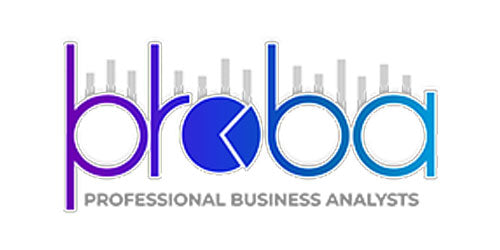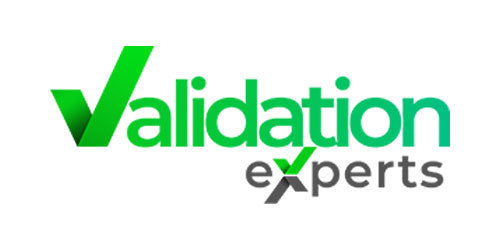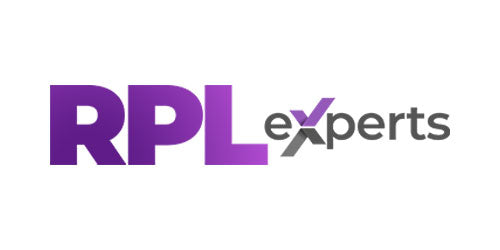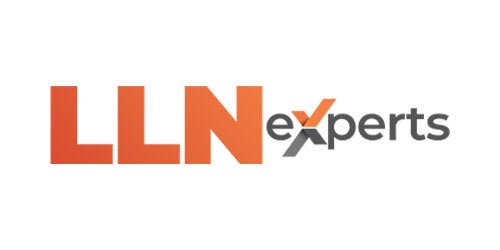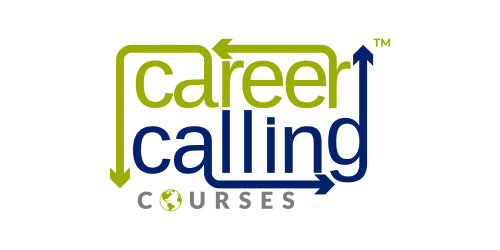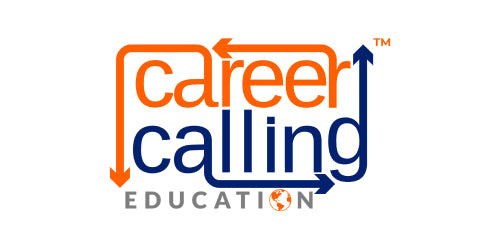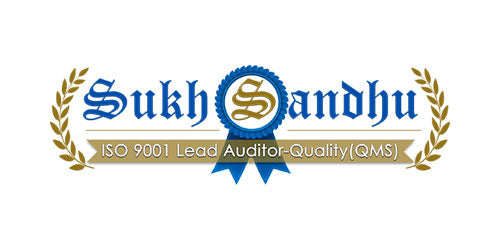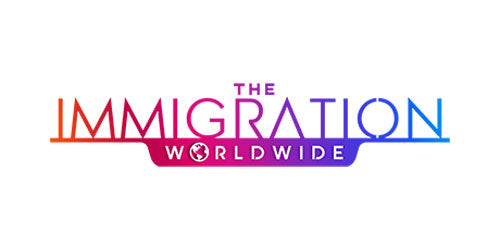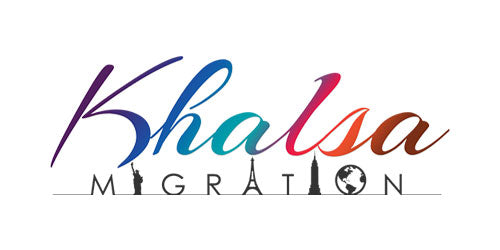The development of the training and assessment strategy within Registered Training Organisations (RTOs) is informed by a comprehensive framework established by the components of the Training Package. These components serve as the foundational elements that guide the creation of effective, compliant, and relevant training and assessment strategies. Here's an overview of the key elements that inform this process:
Unit of Competency and Assessment Requirements
The Unit of Competency is central to informing the strategy. It defines the specific standards of performance required in the workplace, detailing the necessary elements and performance criteria. This ensures that the training aligns with the skills and knowledge required for competency in a particular role or industry.
Assessment Requirements are equally crucial. They outline the necessary knowledge and performance evidence that must be gathered to judge an individual’s competence reliably. This includes the context in which these competencies are to be demonstrated, the frequency of performance, and specific conditions like the need for particular facilities or equipment. Together, these components ensure that assessments are valid, reliable, and fair, directly contributing to the development of a robust training and assessment strategy.
Foundation Skills
Foundation skills cover essential capabilities such as learning, reading, writing, oral communication, and numeracy, as outlined in the Australian Core Skills Framework (ACSF) and the Core Skills for Work Framework. These skills are integral to performing job tasks and are embedded in all units of competency. Recognising and defining these skills within the training strategy is vital for addressing the comprehensive development needs of learners, ensuring they can effectively apply these skills in real-world contexts.
The Qualification Framework
The Qualification Framework provides a structured approach on how to organise the training products, including qualifications, skill sets, and units of competency. It specifies entry requirements, which may be necessary for ensuring that learners have the prerequisite knowledge and skills needed for advanced learning. The framework also details the packaging rules that define the core and elective units necessary for achieving qualifications and how these can be combined to form specialised streams. This framework helps RTOs design their training programs to meet regulatory standards and educational outcomes.
Credit Arrangements
Credit arrangements detail how credits obtained from vocational education can be transferred to higher education qualifications. This is guided by the Australian Qualifications Framework (AQF), facilitating pathways between different levels and sectors of education, thereby providing learners with flexible learning trajectories and recognition of prior learning.
Companion Volumes (Non-Endorsed Components)
Though not part of the endorsed components, companion volumes or Implementation Guides are vital in assisting RTOs with the practical aspects of implementing the endorsed components. They provide additional context, examples, and guidance on how to deliver training according to the Training Package's specifications effectively.
Stakeholder Engagement
Engagement with stakeholders, including industry partners, employers, and alumni, is critical. These stakeholders provide valuable insights into current industry trends, skills gaps, and employer expectations. Regular engagement helps ensure that training programs remain relevant and aligned with real-world needs, thus enhancing the employability of graduates.
Technology Integration
Technology plays a pivotal role in modern education, especially in training and assessment strategies. Integrating up-to-date technology tools can enhance learning experiences, improve access to training, and facilitate innovative assessment methods. This includes the use of learning management systems (LMS), virtual reality (VR) for simulation-based learning, and online assessment tools that can offer a wider range of interactive, flexible learning and testing environments.
Regulatory Compliance and Standards
Compliance with regulatory and accreditation standards is essential for the legitimacy and recognition of the training provided. This component ensures that RTOs adhere to national and state regulations and quality frameworks that govern vocational education and training. Staying updated with changes in legislation and standards is crucial for maintaining accreditation and ensuring continuous operation.
Professional Development of Trainers
The ongoing professional development of trainers and assessors is vital in maintaining a high-quality training delivery. This includes regular updates on the latest teaching methodologies, industry practices, and technological advancements. Investing in trainers' continuous education ensures that they are competent and capable of delivering engaging and effective instruction.
Feedback Systems
Effective feedback mechanisms are essential for continuous improvement. These systems should gather input from learners, trainers, and other stakeholders to evaluate the satisfaction and effectiveness of the training programs. Feedback helps identify areas for improvement in both the delivery of content and the administrative aspects of education and training programs.
Together, these elements form a comprehensive basis for RTOs to develop effective training and assessment strategies that comply with regulatory requirements and are tailored to meet the needs of the industry and the learner cohort. This ensures that the training delivered is relevant, up-to-date, and capable of achieving the intended workplace outcomes.









